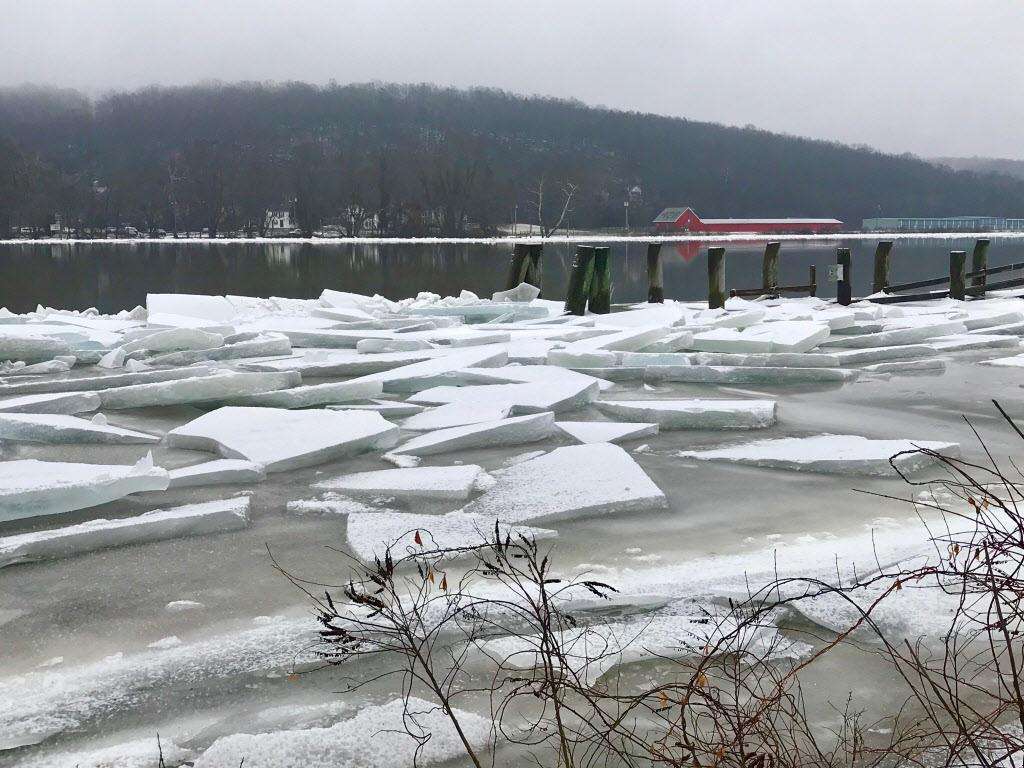Much of the Eastern part of the country has been hammered with severe winter storms this season, and an unexpected form of devastation has been left in their wake: Flooding. It’s not unusual for minor flooding to occur after snow melts in the spring and water overfills banks of rivers and streams. However, temperatures are usually stable enough to regulate the rate of melting and minimize destruction.
Temperature Fluctuations
This year is different. Temperatures have been widely-fluctuating from below freezing to unseasonably warm in many areas, and this is causing snow and ice to melt at a much faster rate. This water flows into rivers and streams and causes levels to rise and the speed of currents to increase. Additionally, large chunks of ice are breaking off of ice sheets on the surface due to the rapid freeze-thaw cycle as well.
Perfect Storm
The combination of high and fast water and ice sheets create the perfect conditions for disaster. Ice chunks get caught under bridges, narrow passageways and other obstructions, and the accumulation creates what are essentially natural dams. The water behind these blockages can not flow downstream, and this causes it to back up. Rivers and streams quickly overflow their banks and flood the surrounding area.
To make matters worse, these floods contain ice chunks and frigid water that can quickly freeze. Consequently, when these flows reach homes, buildings and other obstructions, they can encase them in a frozen shell that is very difficult to break through. While there are normally a few instances of these types of floods around the country every winter, this year has been particularly-destructive.
Widespread Damage
Dozens of rivers and streams have been affected, and this has impacted thousands and thousands of people in nearby cities and towns. Not only is flooding a major problem, but the force exerted by these ice blockages has also damaged bridges along the way. This has made an already difficult situation worse as these bridges serve as a vital lifeline in and out of some of these areas.
Fortunately, these floods form at a steady rate instead of producing fast-moving torrents of water. Consequently, people have had time to evacuate and move to higher ground before being trapped. In fact, there have only been a few reports of people needing rescue despite the scale of the devastation.
Food for Thought
Cold weather is one of the biggest threats associated with this type of flooding. Not only do victims need to contend with evacuating to higher elevations, but they also need to find ways to stay warm. Cold water, exposure to the elements and inadequate shelters all contribute to this concern. Additionally, a lot of people who never thought they would be experiencing flooding have been caught-off guard as well. Consequently, chances are that even if they had an emergency flood plan in place, they probably didn’t factor in frigid temperatures.
Take some time to think about how you would cope with the challenges of contending with a flood during the winter. How will you stay warm? How will you evacuate? Chances are that you’ll quickly realize that your plans are not sufficient for this possibility, and that’s the point. Take advantage of this opportunity to prepare so that you’ll be ready to act if an unexpected flood comes your way.
